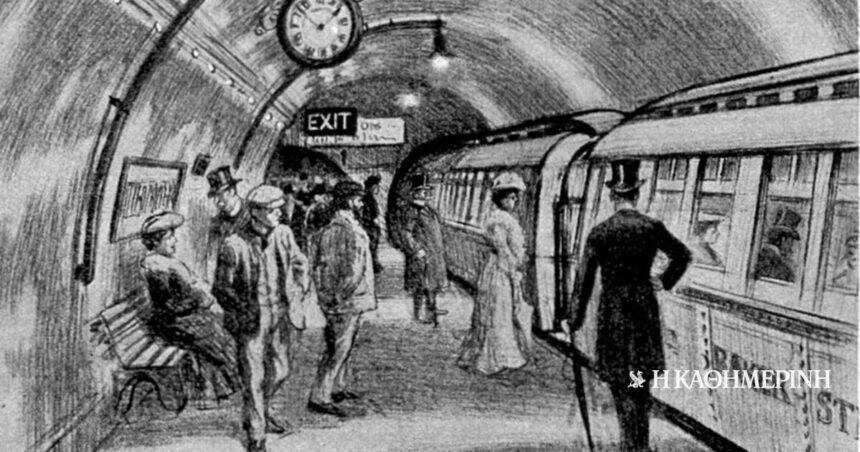In the first half of the 19th century, the population and its area London increased greatly, resulting in a high level of traffic congestion: huge numbers of carts, carriages and other means of transport flooded the streets of the center of the British capital. Although by 1850 there were a total of seven railway termini around the centre, the distance between them and central London was long. This, combined with traffic on the roads, triggered many attempts to get Parliament to approve the construction of new railway lines. These efforts, however, were not crowned with success.
The idea of a basement railwaywhich would connect the town with the terminus of the main line, was first proposed by Charles Pearson in the 1830s. The plan was rejected by the commission in 1846. But also in 1852, when it was revived, with the support of the municipality, none of the existing railroad companies showed interest. Finally, in 1853, Pearson was able to establish his own branded company North Metropolitan Railway and engineer John Fowler. He then proceeded to introduce bills to form a downtown rail link. The second of these bills (November 1853), which provided, among other things, for the extension of the route and connection with the London railways, would receive royal assent in the Metropolitan Railways Act of 7 August 1854.
The opening included a route that carried 38,000 passengers and a large banquet.
After that, the company name was changed to Metropolitan Railway. Works on the London Underground began immediately. Nine years later, at the beginning of January 1863, after their completion, the request for its operation was approval from Parliament. After minor changes were made to the signage, approval was granted. So on January 9th, after a few days of operational trials, the inauguration took place, which included a route from Paddington carrying 38,000 passengers, and a large banquet for 600 shareholders and guests at Farrington.
The English press was quick to cover the event with positive comments about the tunnels, the “handy” carriages and the “very well managed lighting”. The Yorkshire Gazette, for example, called the trip “smooth and easy“, but at the same time she informed her readers that the tunnels were cold, making “warm clothes essential».
Today, the London Underground is the largest in the Western Hemisphere and the second largest in the world.
The new underground railway, with a total length of 6 km, opened to the public on 10 January 1863, with the following stations: Paddington, Edgware Road, Baker Street, Portland Road, Gower Street, King’s Cross and Farringdon Street. In the first 12 months, 9.5 million passengers were carried, while the following year the number increased to 12 million. The journey had a duration of 18 minutes, while the frequency of the journeys on average was every 15 minutes with adjustments during the morning peak hours.
This success led to expansion in the following years. Today, the London Underground, now known as the Tube, with 270 active stations, is the largest in the Western Hemisphere and the second largest in the world after the Shanghai Underground.
Column editor: Myrto Katsigera, Vassilis Minakakis, Antigoni-Despina Poimenidou, Athanasios Syroplakis




